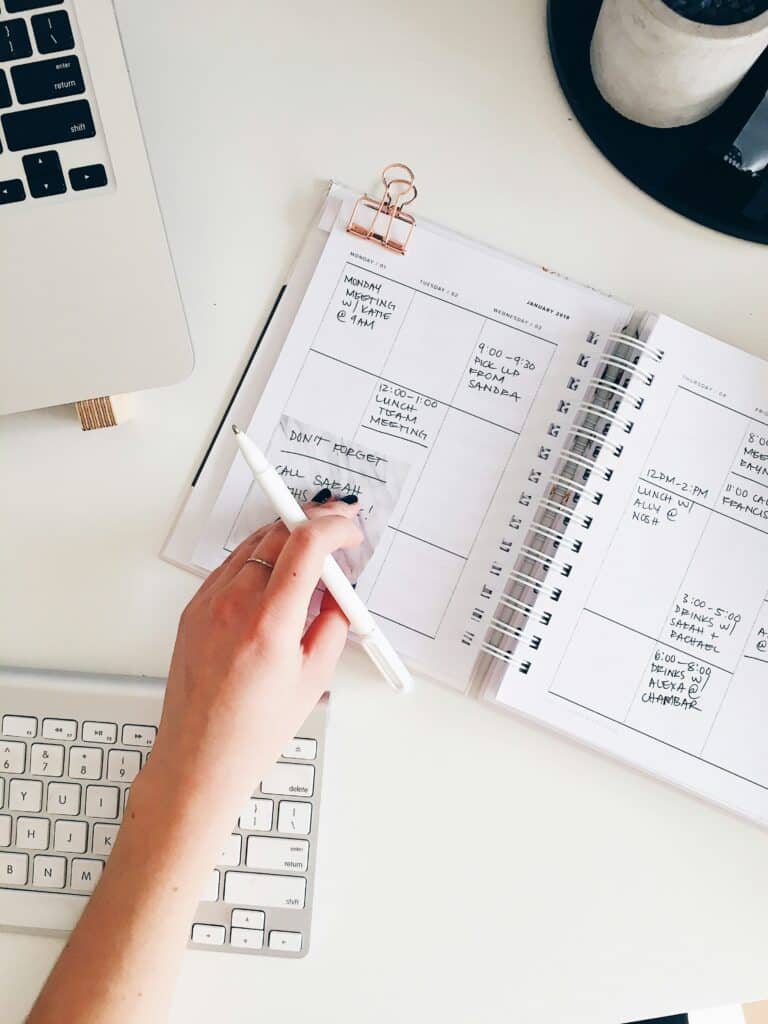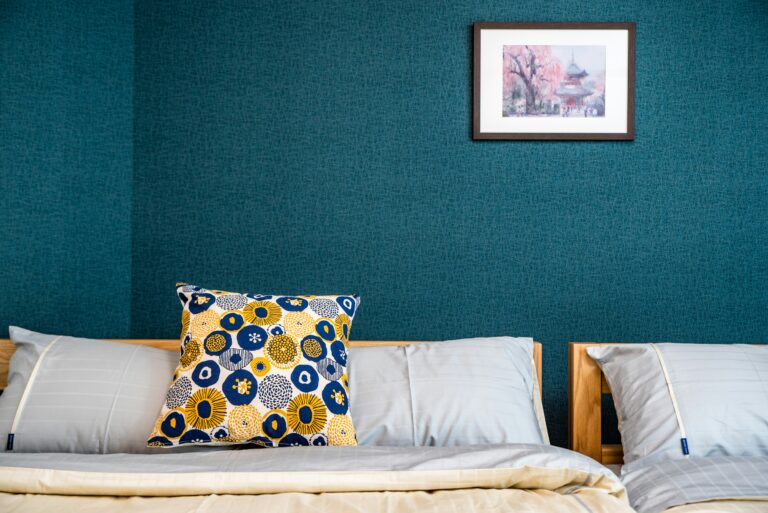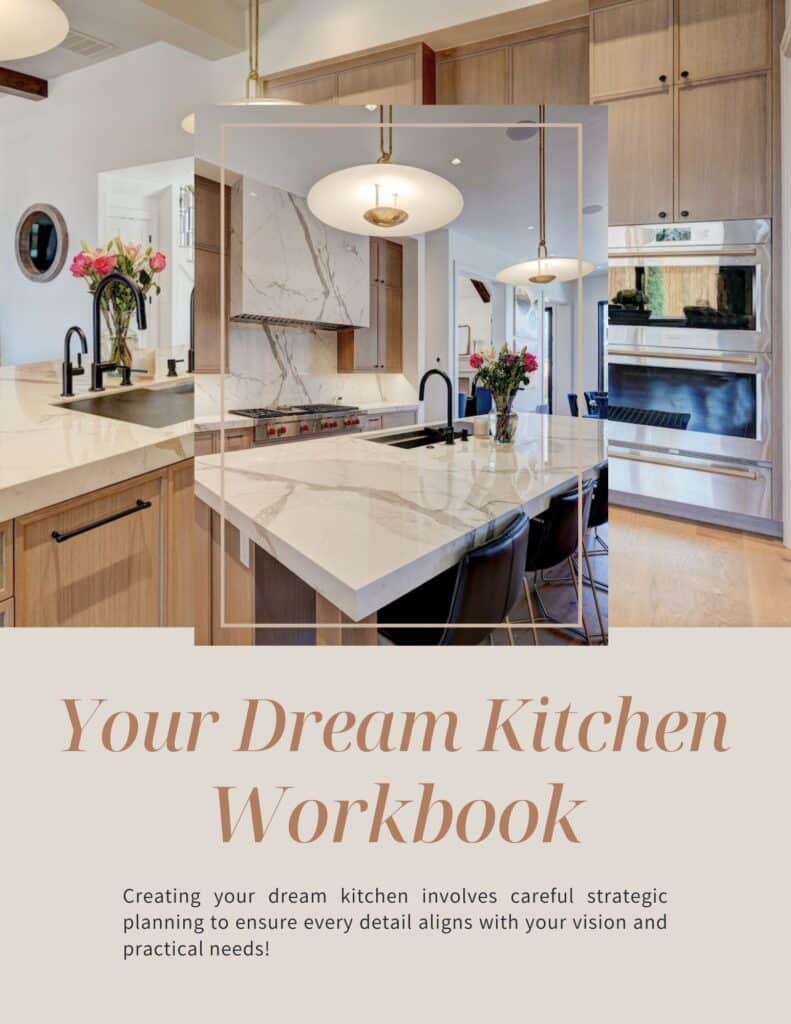In the world of interior design, creativity and vision are essential. However, one aspect that is often overlooked but crucial for a successful project is a comprehensive design plan. Whether you’re revamping a living room, renovating a kitchen, or designing an entire home, having a well-thought-out design plan is the foundation for achieving your desired results. In this blog post, we’ll explore why every interior design project needs a design plan and how it benefits both designers and clients alike.
1. Clarifies Vision and Goals:
A design plan serves as a roadmap for the project, clearly outlining the vision and goals agreed upon by the designer and the client. It helps to define the style, color scheme, layout, and overall aesthetic preferences. By establishing a clear direction from the outset, the design process becomes more focused and efficient, ensuring that everyone involved is on the same page.

2. Maximizes Efficiency:
With a detailed design plan in place, the design process becomes more streamlined and efficient. Designers can use the plan to create a timeline, set deadlines, and allocate resources effectively. This helps to minimize delays, reduce costly mistakes, and stay within budget constraints. Additionally, having a plan allows for better coordination with contractors, suppliers, and other professionals involved in the project.
3. Manages Expectations:
A design plan provides clients with a realistic expectation of what the final outcome will look like. Through mood boards, sketches, renderings, and material samples, clients can visualize the proposed design concepts before any work begins. This helps to prevent misunderstandings and ensures that the client’s expectations align with the designer’s vision.

4. Encourages Collaboration:
Collaboration between the designer and the client is essential for a successful interior design project. A design plan encourages open communication and collaboration throughout the process. Clients have the opportunity to provide feedback, make adjustments, and contribute their ideas, ensuring that the final design reflects their personal style and preferences.
5. Provides Flexibility:
While a design plan provides a structured framework for the project, it also allows for flexibility and adaptation as needed. Designers can make revisions to the plan based on feedback from the client or unexpected challenges that arise during the implementation phase. This agility ensures that the design remains responsive to evolving needs and circumstances.
In conclusion, a design plan is an indispensable tool for every interior design project. It clarifies the vision, maximizes efficiency, manages expectations, encourages collaboration, and provides flexibility. By investing time and effort into creating a comprehensive design plan, designers can ensure a smoother and more successful outcome, ultimately delighting their clients and achieving stunning results.






